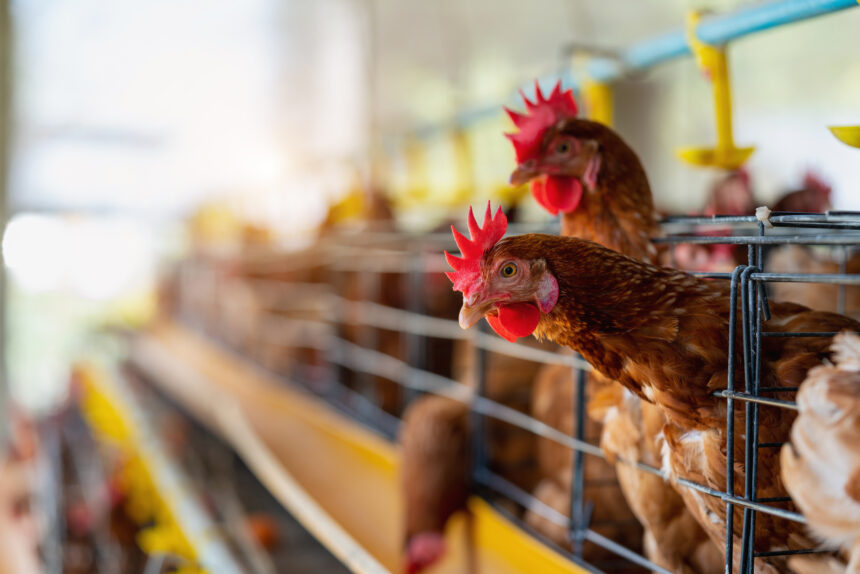Electricity costs can be a significant expense in chicken farming operations. From providing lighting and ventilation to powering equipment and heaters, electricity is essential for maintaining a productive and efficient farm. To help you save on electricity costs without compromising the well-being of your chickens, here are ten practical ways to reduce energy consumption:
- Energy-Efficient Lighting: Switch to energy-efficient lighting options such as LED bulbs. LED lights consume less electricity and have a longer lifespan compared to traditional incandescent or fluorescent lights. Install timers or motion sensors to control lighting based on the birds’ needs and reduce unnecessary energy usage.
- Natural Lighting and Ventilation: Make the most of natural lighting and ventilation during the day. Maximize the use of windows, skylights, and open-air vents to allow natural light and airflow into the poultry house. This reduces the need for artificial lighting and mechanical ventilation during daylight hours.
- Insulation: Properly insulate your poultry house to minimize heat loss during colder months and reduce the need for heating. Insulating walls, ceilings, and floors can help maintain a comfortable temperature inside the house, reducing the workload on heaters and energy consumption.
- Energy-Efficient Equipment: Invest in energy-efficient equipment and appliances for your chicken farm. Choose energy-efficient fans, heaters, water pumps, and other necessary equipment. Look for ENERGY STAR or similar certifications when purchasing new equipment, as they meet stringent energy efficiency standards.
- Regular Equipment Maintenance: Regularly inspect and maintain your equipment to ensure optimal performance and energy efficiency. Clean fans, lubricate motors, and replace worn-out parts as needed. Well-maintained equipment operates more efficiently, reducing energy consumption and prolonging their lifespan.
- Energy Monitoring and Auditing: Implement an energy monitoring system to track your farm’s electricity usage. This helps identify areas of high energy consumption and allows you to make informed decisions on energy-saving measures. Consider conducting periodic energy audits to identify further opportunities for energy efficiency improvements.
- Efficient Heating and Cooling: Optimize your heating and cooling systems to minimize energy waste. Use programmable thermostats to maintain the desired temperature range and avoid overheating or excessive cooling. Ensure proper insulation, seal any air leaks, and consider zone heating or cooling for more targeted temperature control.
- Efficient Water Heating: If you use hot water in your poultry farm for cleaning or other purposes, invest in energy-efficient water heaters. Insulate hot water pipes to reduce heat loss during distribution. Additionally, consider using solar water heaters or waste heat recovery systems to further reduce energy consumption.
- Renewable Energy Sources: Explore the feasibility of incorporating renewable energy sources into your chicken farm. Solar panels, wind turbines, or biomass systems can help offset your electricity consumption and reduce reliance on the grid. Evaluate the long-term benefits and financial viability of such investments.
- Education and Training: Ensure that farm staff is trained in energy-saving practices. Educate them about the importance of energy conservation, proper equipment usage, and responsible energy management. Encourage energy-conscious behavior, such as turning off lights when not in use or using equipment efficiently, to create a culture of energy conservation on the farm.
By implementing these ten strategies, you can significantly reduce electricity costs in your chicken farming operation. Not only will you save money,
Join 'Farmers Mag' WhatsApp Channel
Get the latest Farming news and tips delivered straight to your WhatsApp
CLICK HERE TO JOIN






